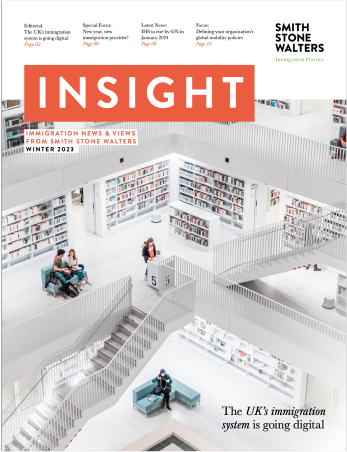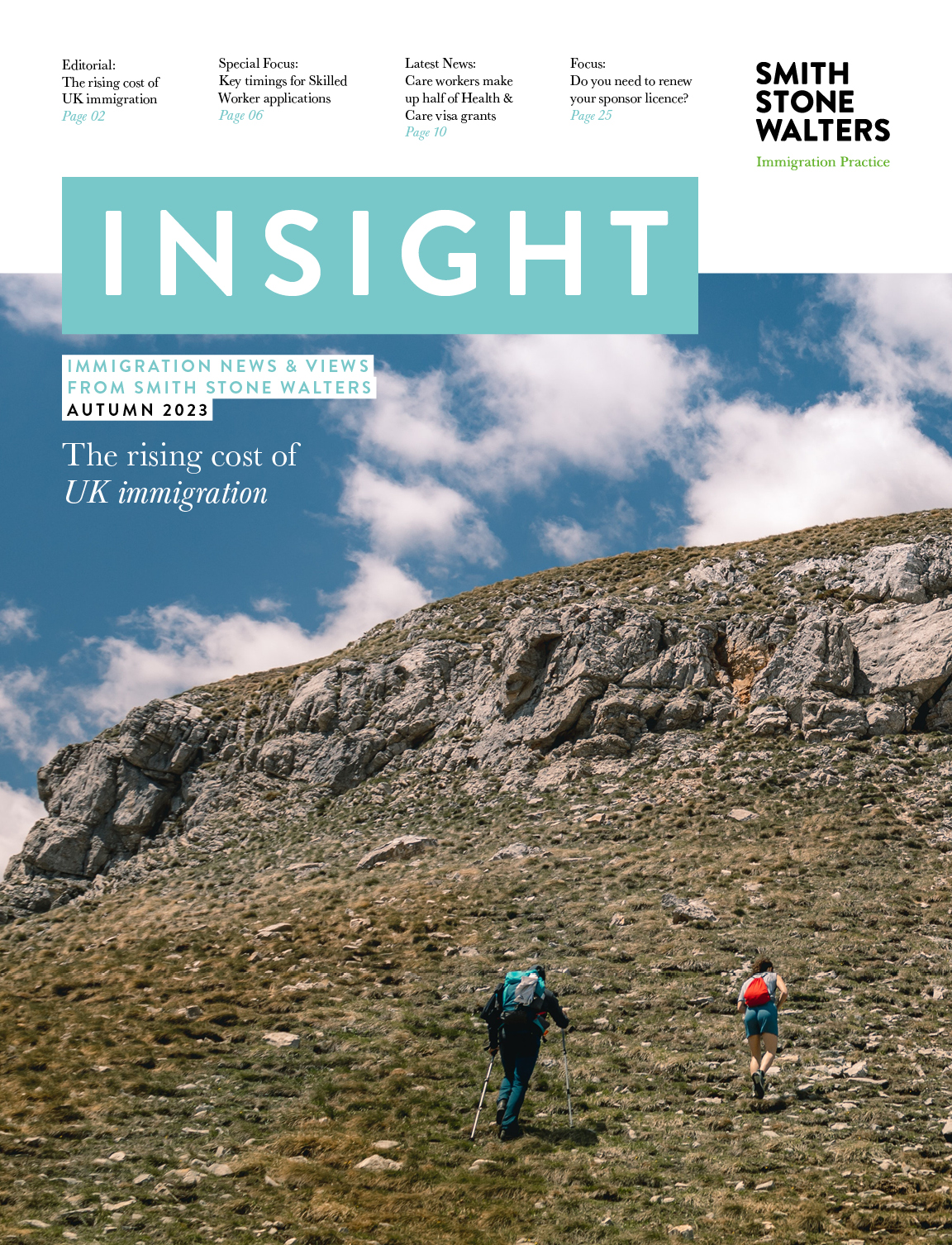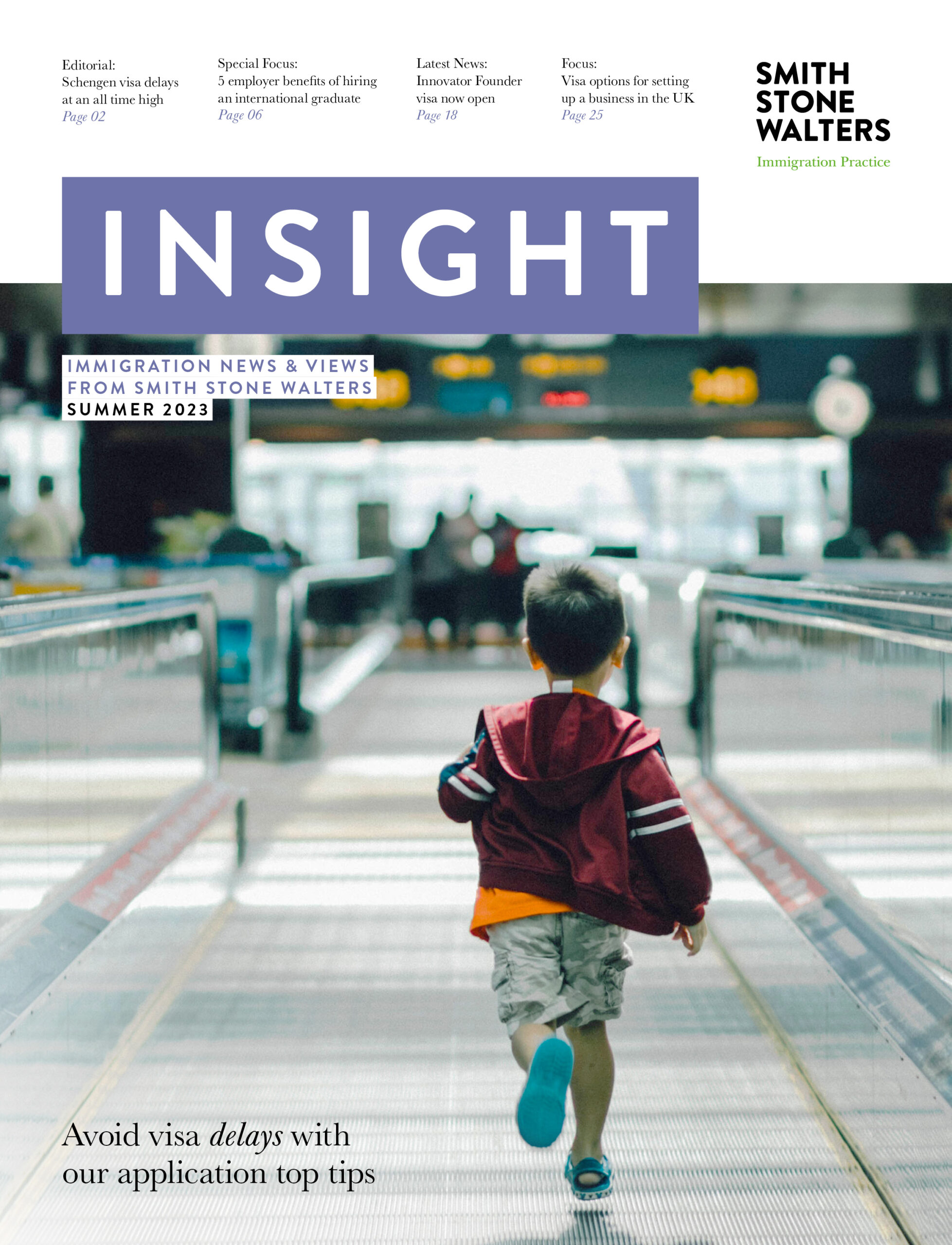United States: Recent immigration updates
The government of the United States has recently implemented the following immigration changes that may impact some applications.
Measures to facilitate lawful permanent residence for noncitizen family of US citizens
On 18 June 2024, the President and the Department of Homeland Security (DHS) announced a new process to help noncitizen spouses and children of US citizens to apply for lawful permanent residence without leaving the country.
They also announced a program to allow Deferred Action for Childhood Arrivals (DACA) recipients and other Dreamers (children brought to the US without documentation), who have earned a degree at an accredited US institution of higher education in the United States, and who have received an offer of employment from a US employer in a field related to their degree, to more quickly receive work visas.
In order to be eligible for a green card, noncitizens must – as of 17 June 2024 – have resided in the United States for 10 or more years and be legally married to a US citizen, while satisfying all applicable legal requirements. On average, those who are eligible for this process have resided in the US for 23 years.
Those who are approved – after a case-by-case assessment of their application by the Department of Homeland Security (DHS) – will be afforded a three-year period to apply for permanent residency. They will be allowed to remain with their families in the United States and be eligible for work authorization for up to three years. This will apply to all married couples who are eligible.
The announcement states that this action will protect approximately half a million spouses of US citizens and approximately 50,000 noncitizen children under the age of 21 whose parent is married to a US citizen.
USCIS Extends Employment Authorization Documents under Temporary Protected Status Designations of El Salvador, Honduras, Nepal, Nicaragua, and Sudan
US Citizenship and Immigration Services (USCIS) is extending the validity of certain Employment Authorization Documents (EADs) issued to Temporary Protected Status (TPS) beneficiaries under the designations of El Salvador, Honduras, Nepal, Nicaragua and Sudan through 9 March 2025. USCIS will send a Form I-797, Notice of Action, notifying beneficiaries who are affected by this extension.
Current TPS beneficiaries under one of these designations who have not yet re-registered for TPS under the most recent extension for that designation must submit Form I-821, Application for Temporary Protected Status, during the current re-registration period to keep your TPS benefits. DHS previously extended the re-registration periods for individuals to submit TPS applications:
- El Salvador now runs until 9 March 2025;
- Honduras now runs until 5 July 2025;
- Nepal now runs until 24 June 2025;
- Nicaragua now runs until 5 July 2025; and
- Sudan now runs until 19 April 2025.
While the re-registration periods end on different dates, EADs are all extended until the same date: 9 March 2025. Instructions for re-registration for TPS and renewal of EAD can be found in the most recent Federal Register notice that extends TPS for the relevant country (or extends and redesignates that country for TPS).
Portuguese nationals now eligible for E1/E2 visas
Effective immediately, Portuguese nationals are eligible to apply for E-1 and E-2 trade and investment visas. The E-1 and E-2 visas allow individuals to enter the United States to conduct substantial trade or invest a substantial amount of capital respectively.
The US embassy in Lisbon recently announced the full implementation of the Advancing Mutual Interests and Growing our Success (AMIGOS) Act, signed by the US president in December 2022, which includes Portuguese access to these visas.
Further information is available here.
Speak to our US immigration experts
If you need advice or guidance relating to US immigration, the Smith Stone Walters Global Immigration team is here to help.
To speak to a member of the team, please contact us today.








